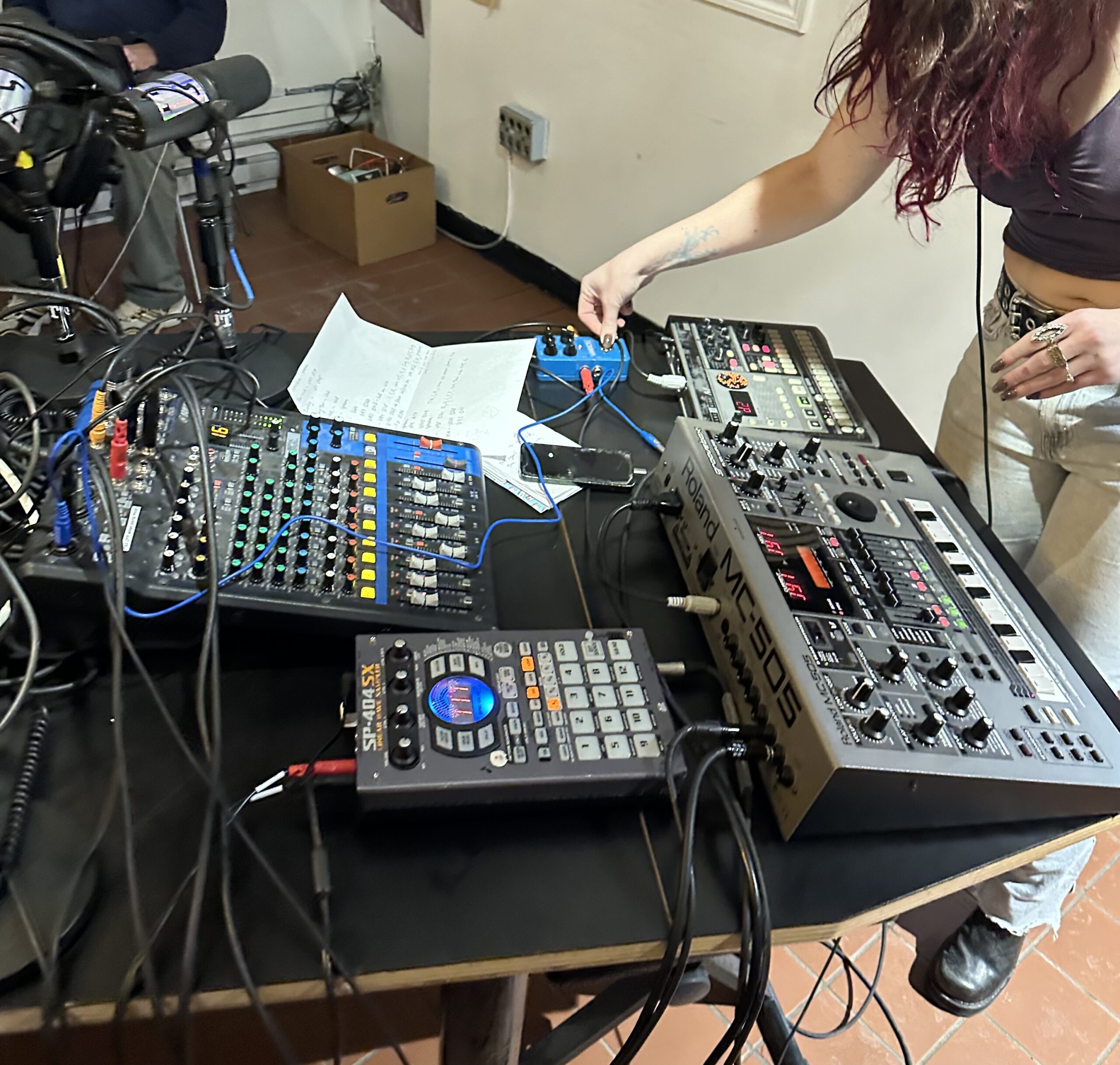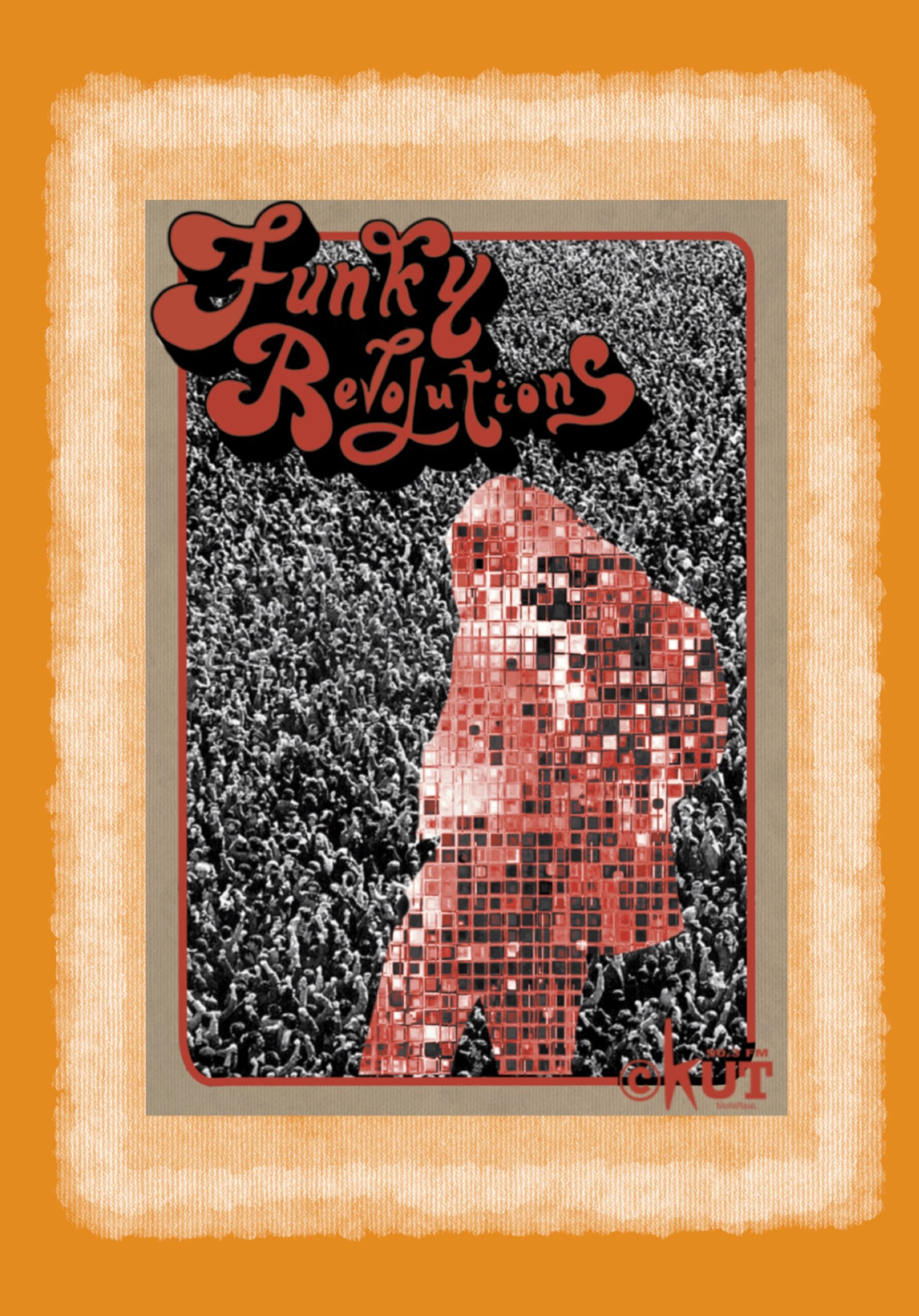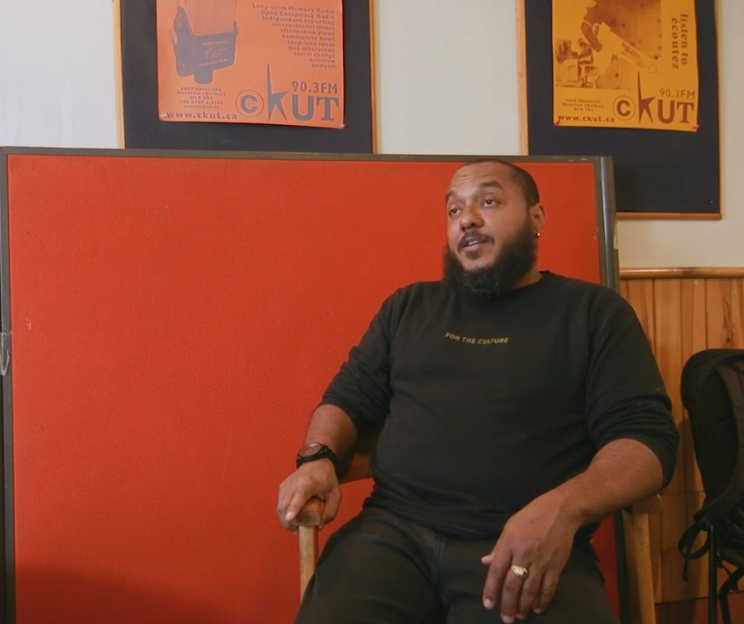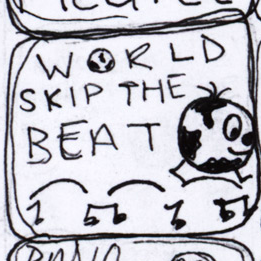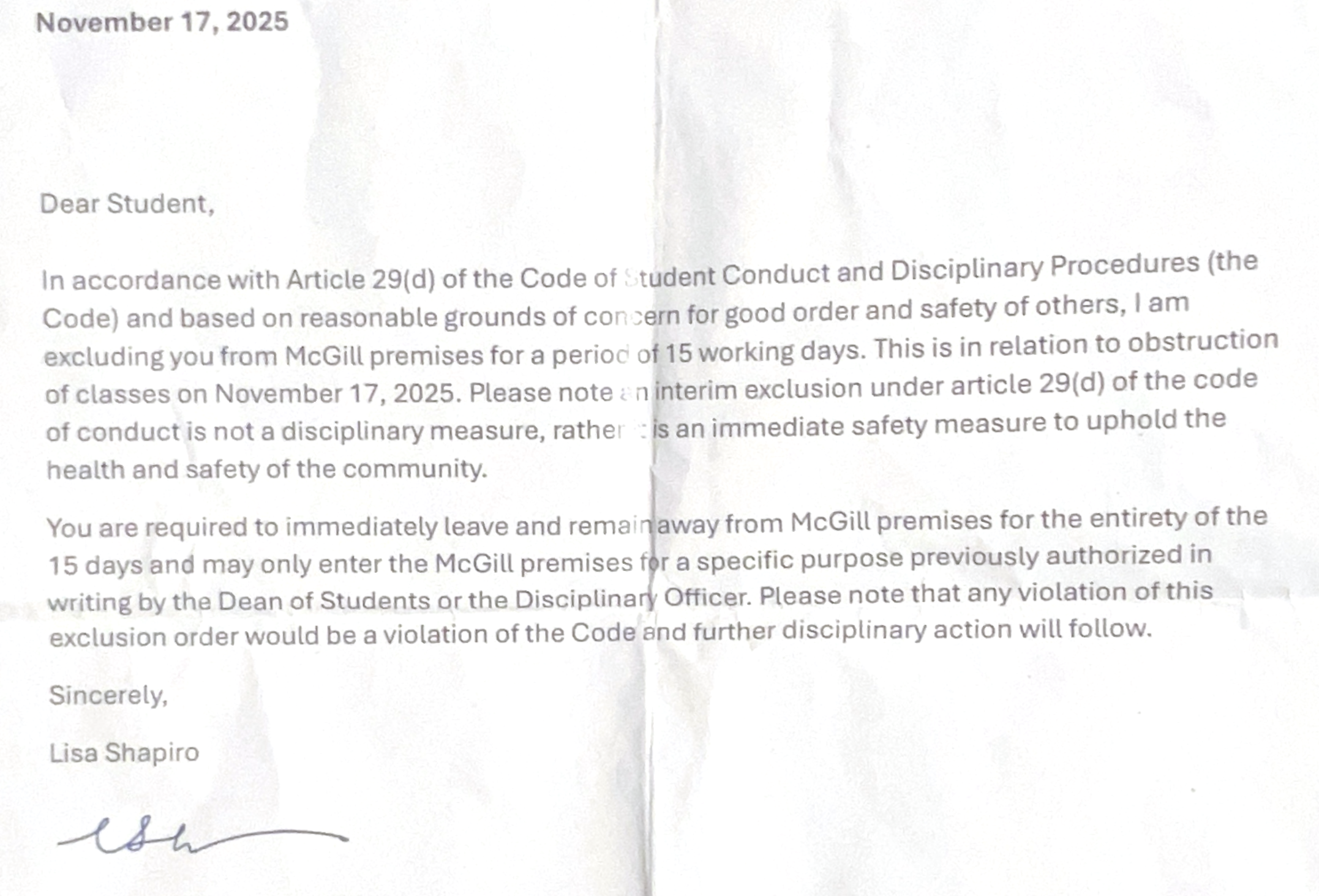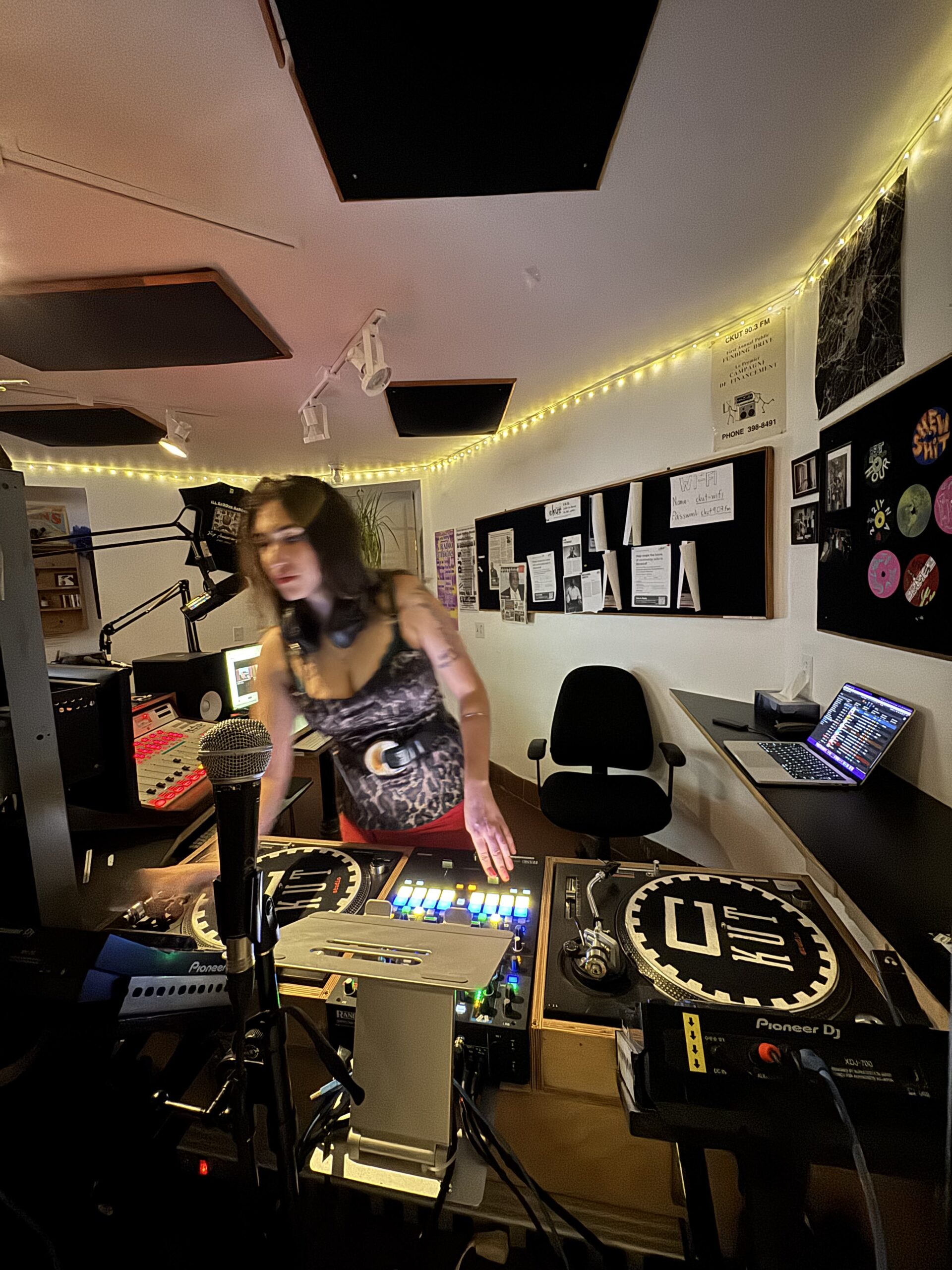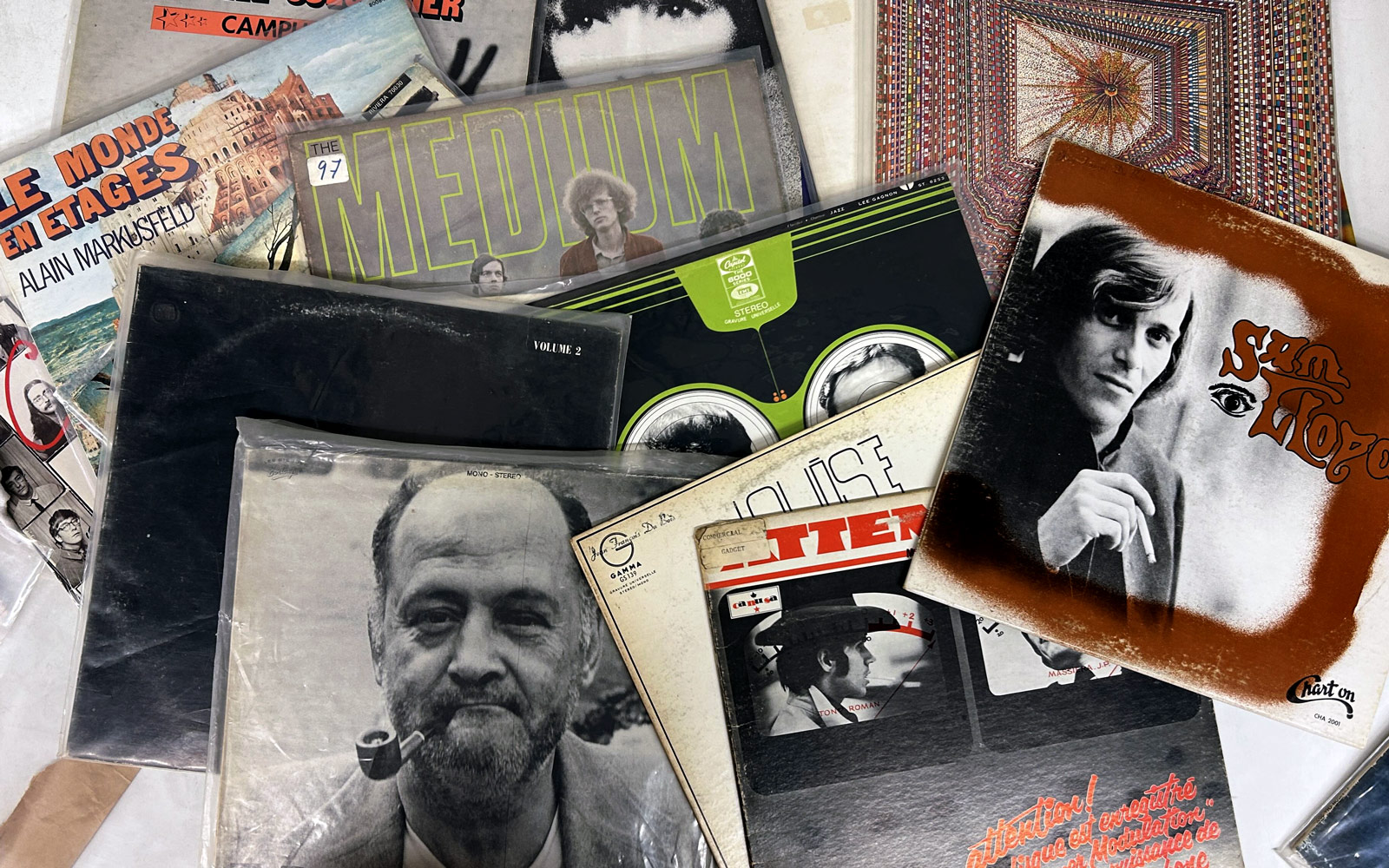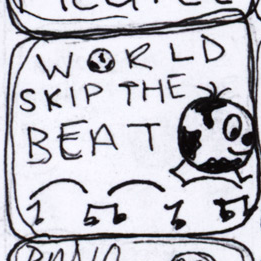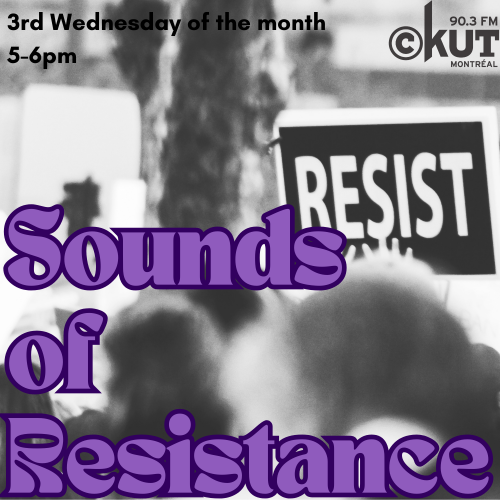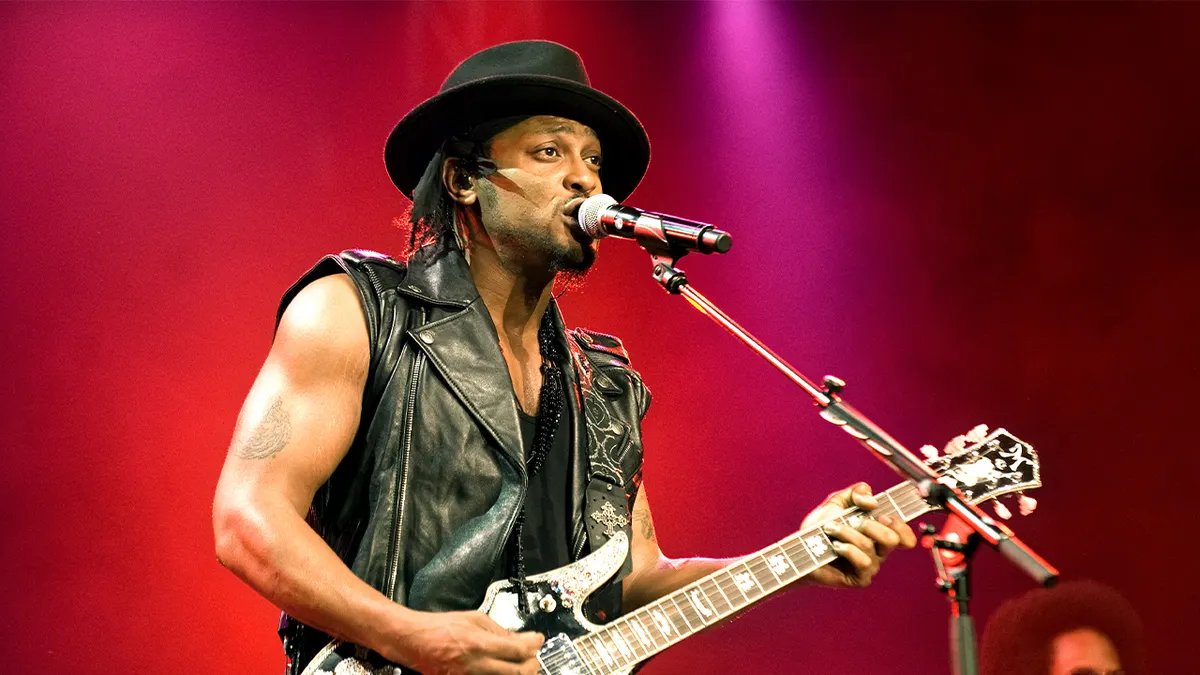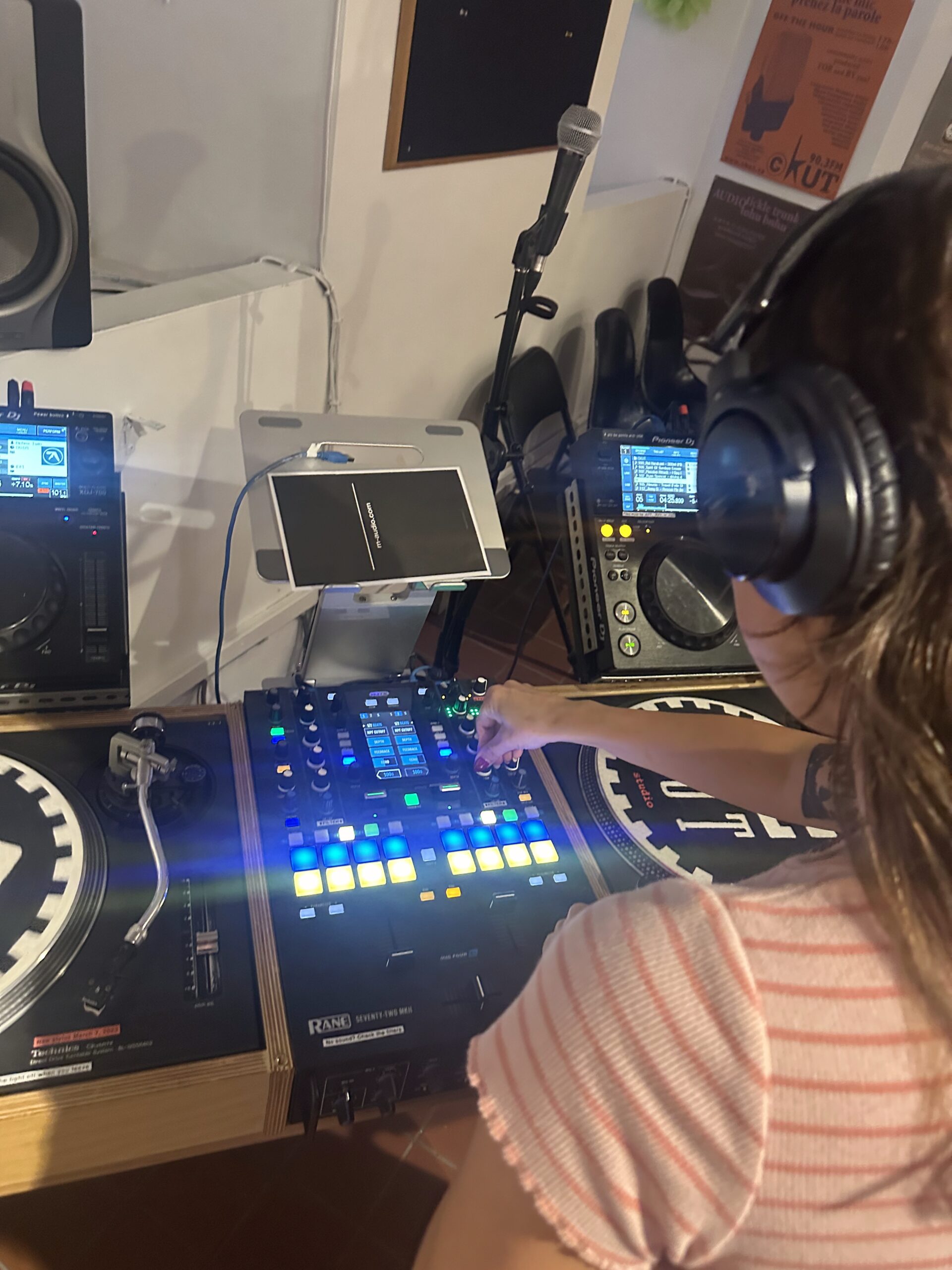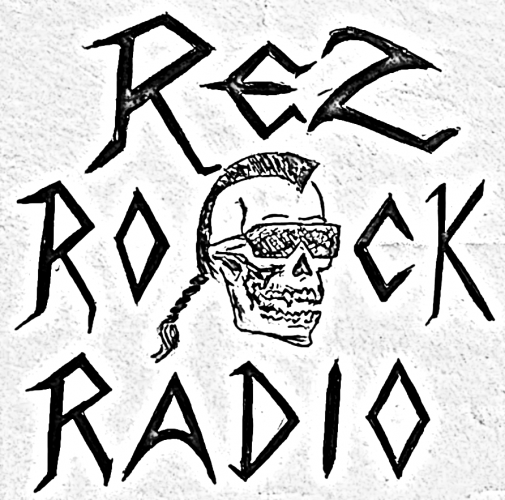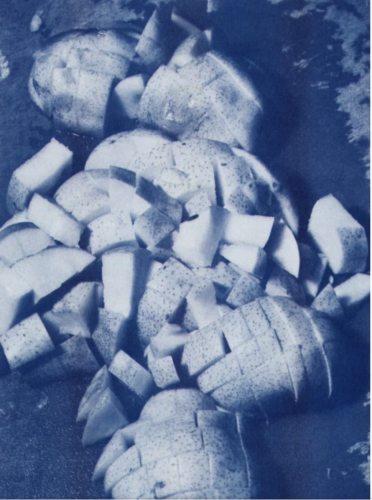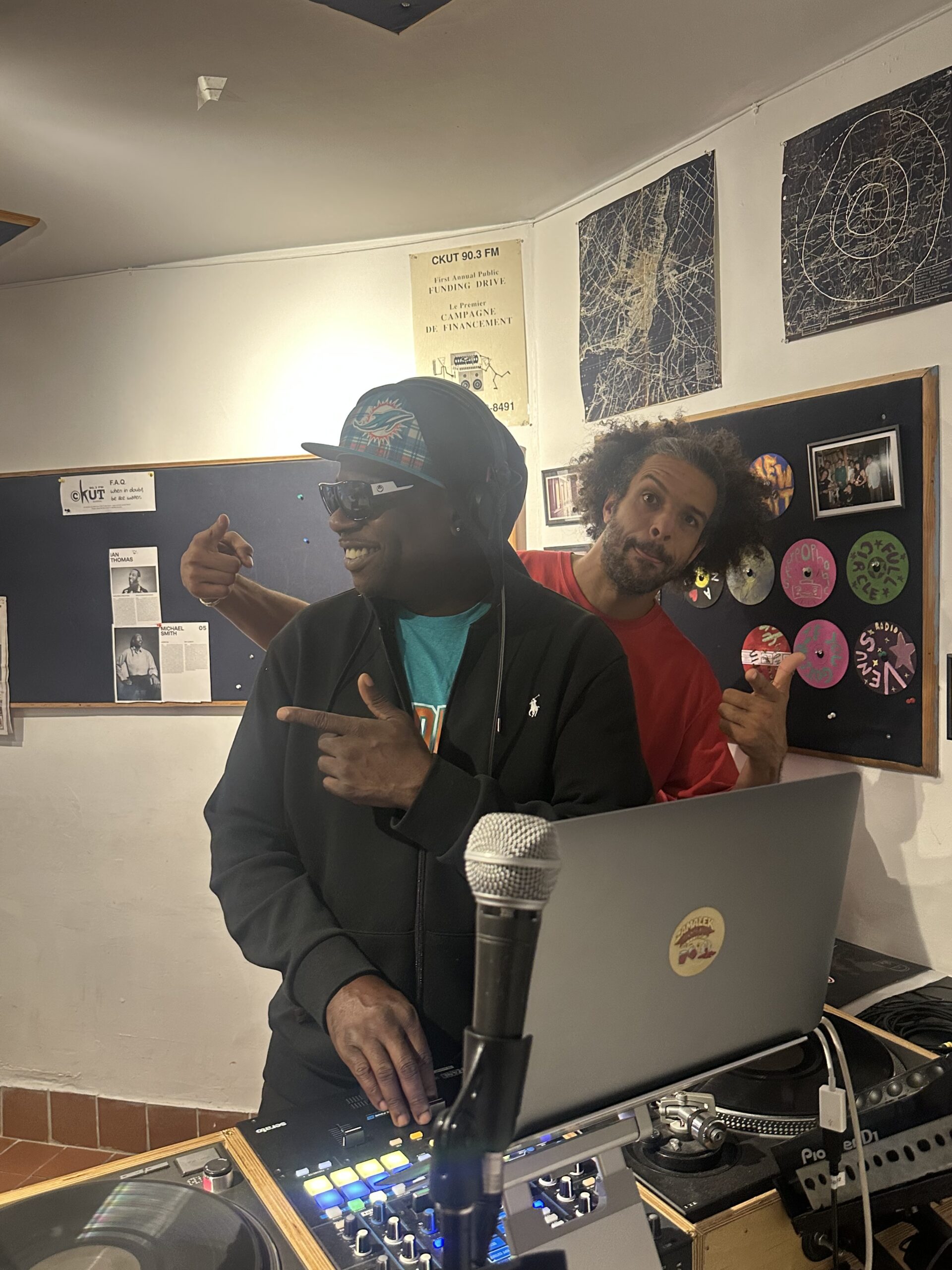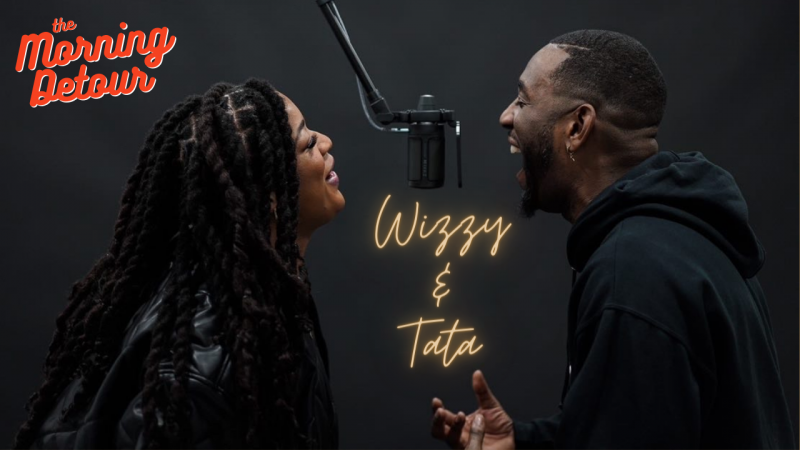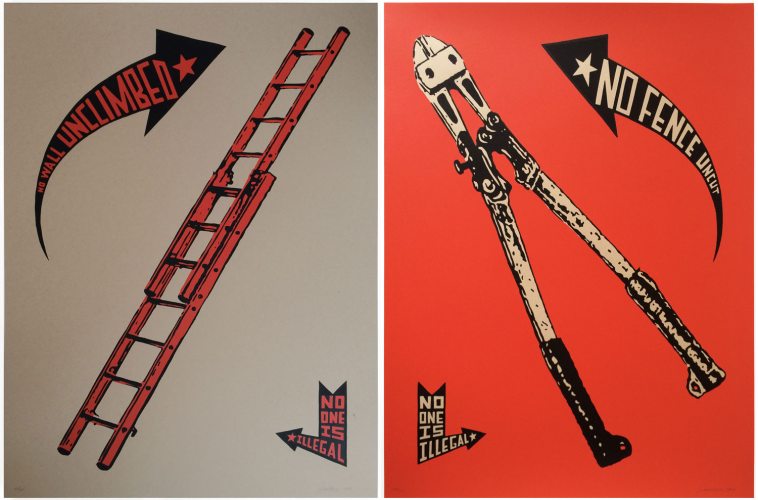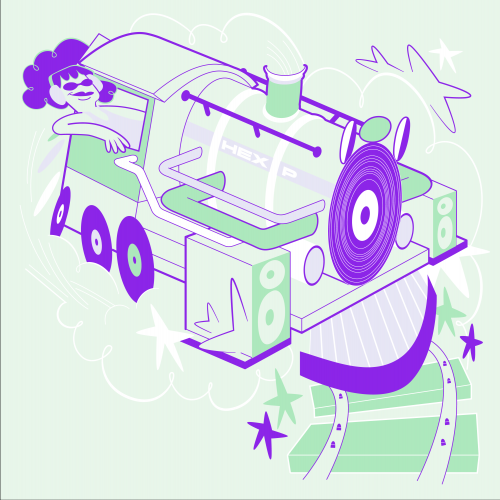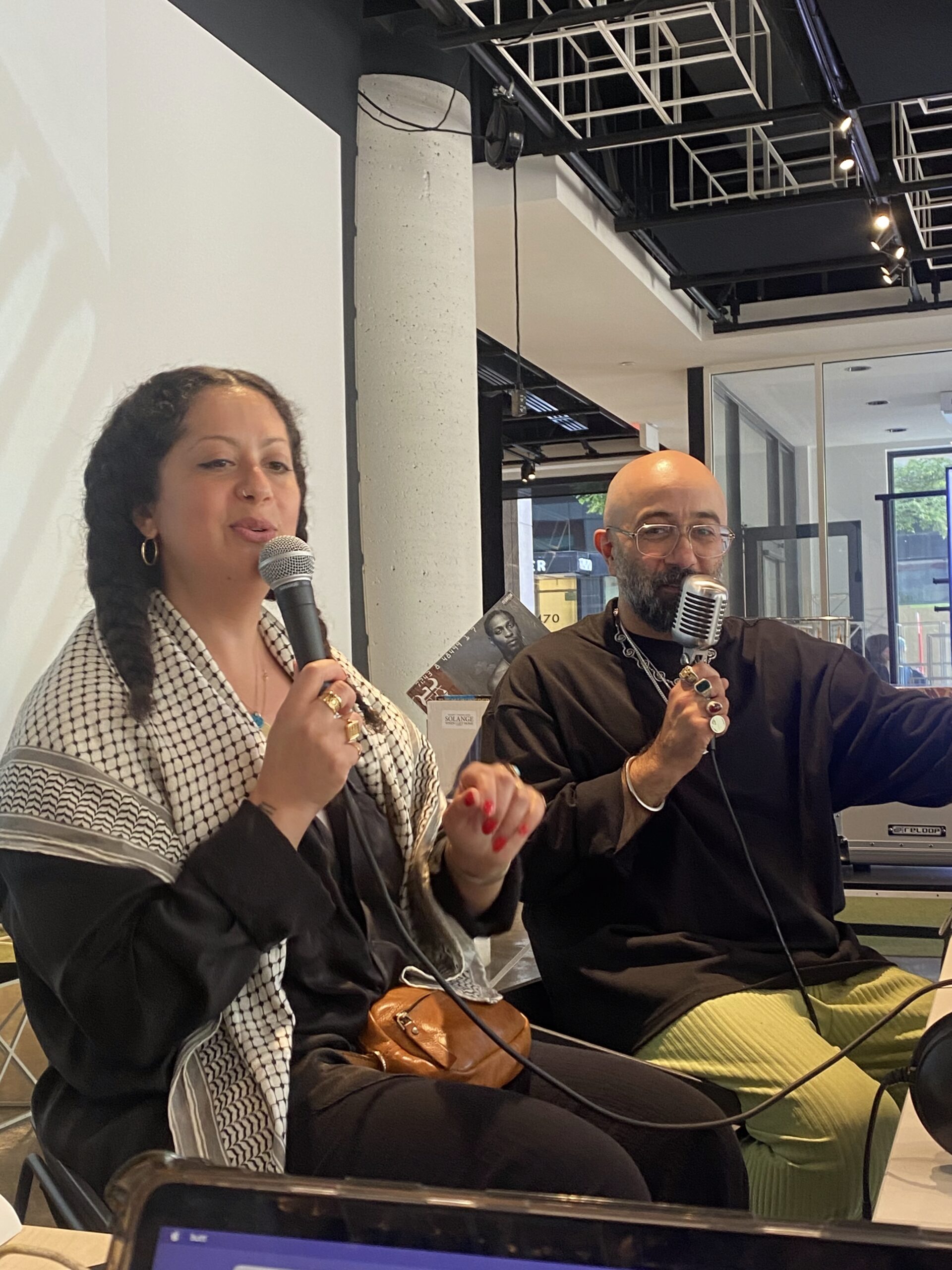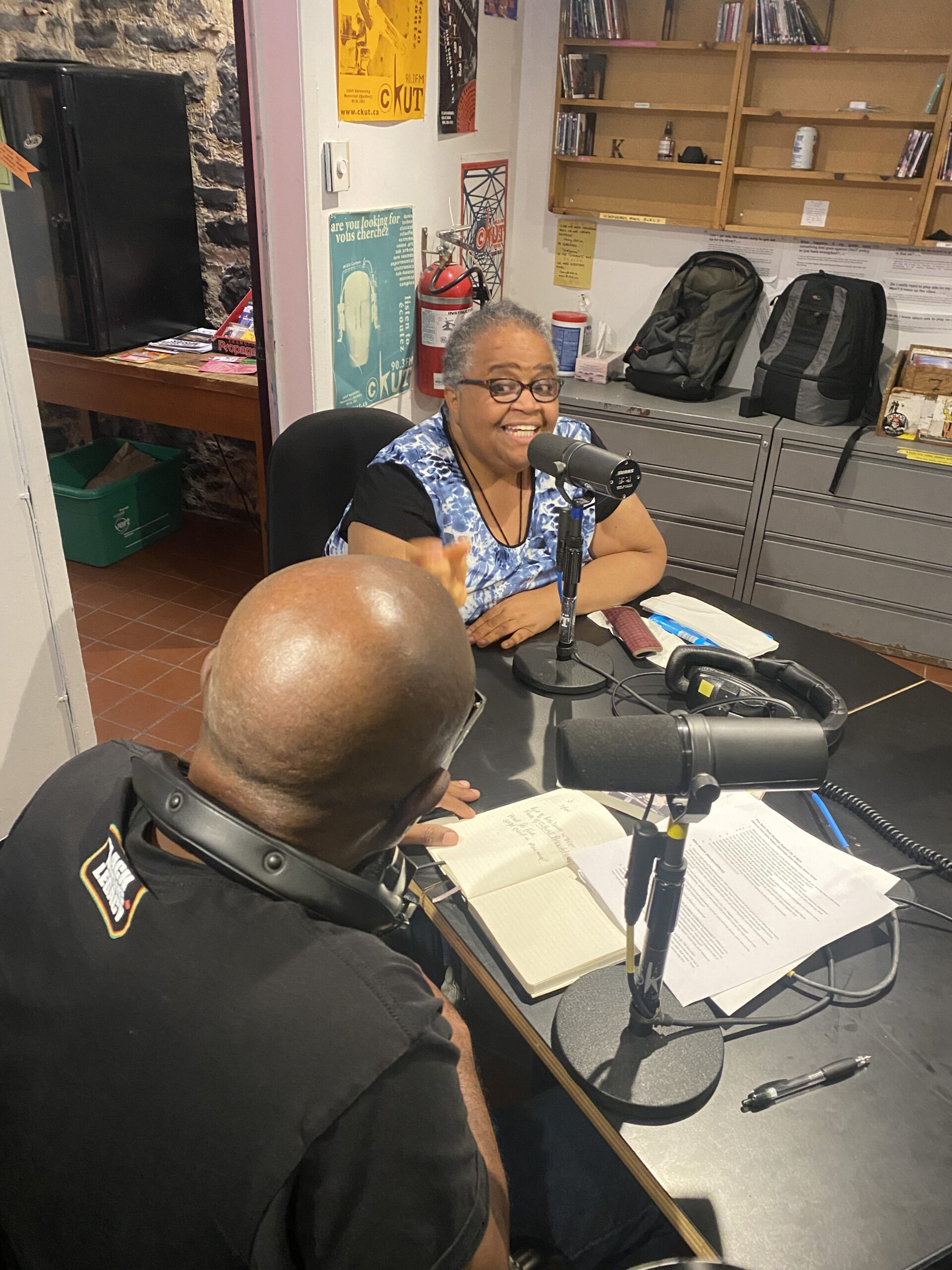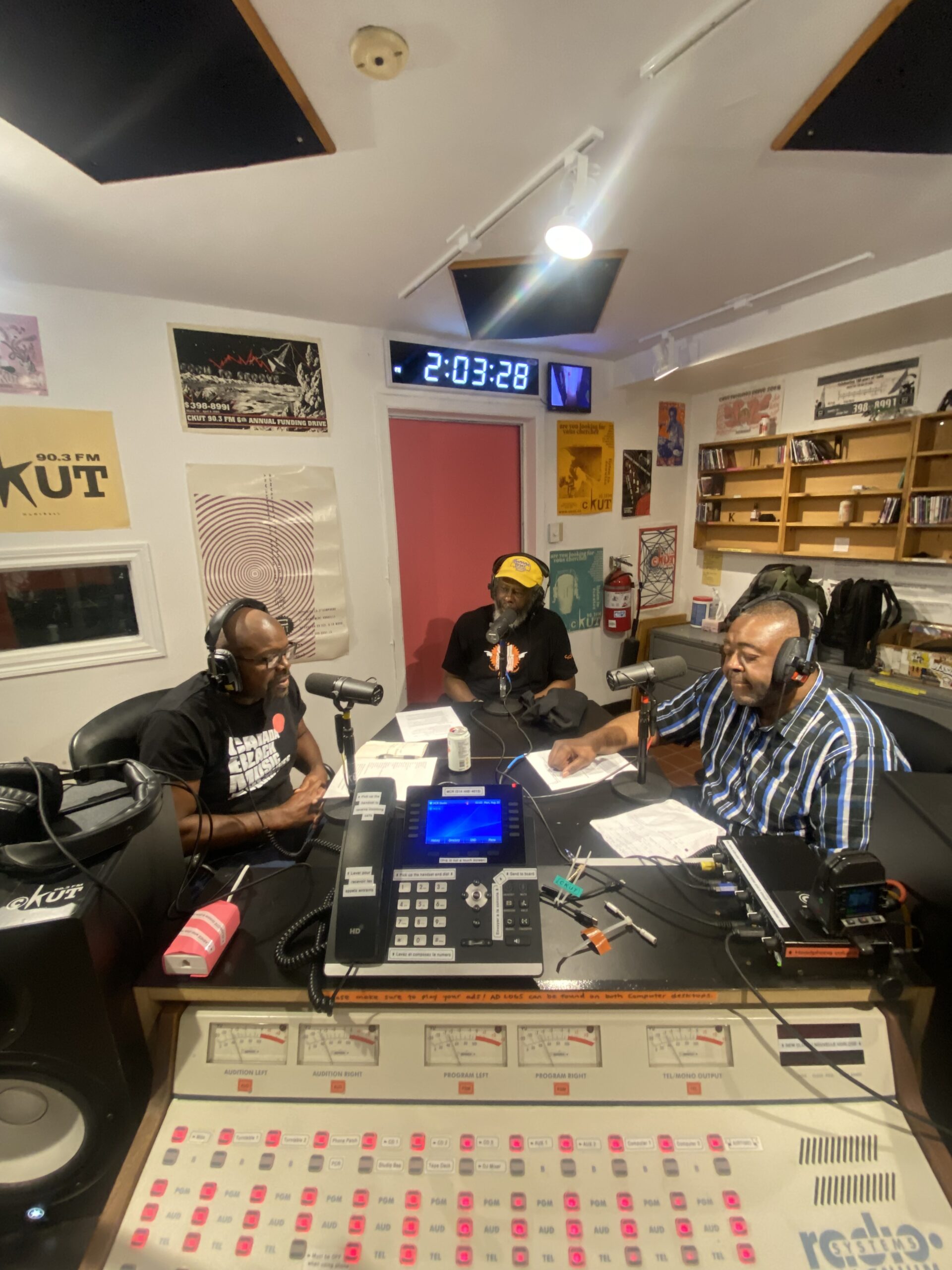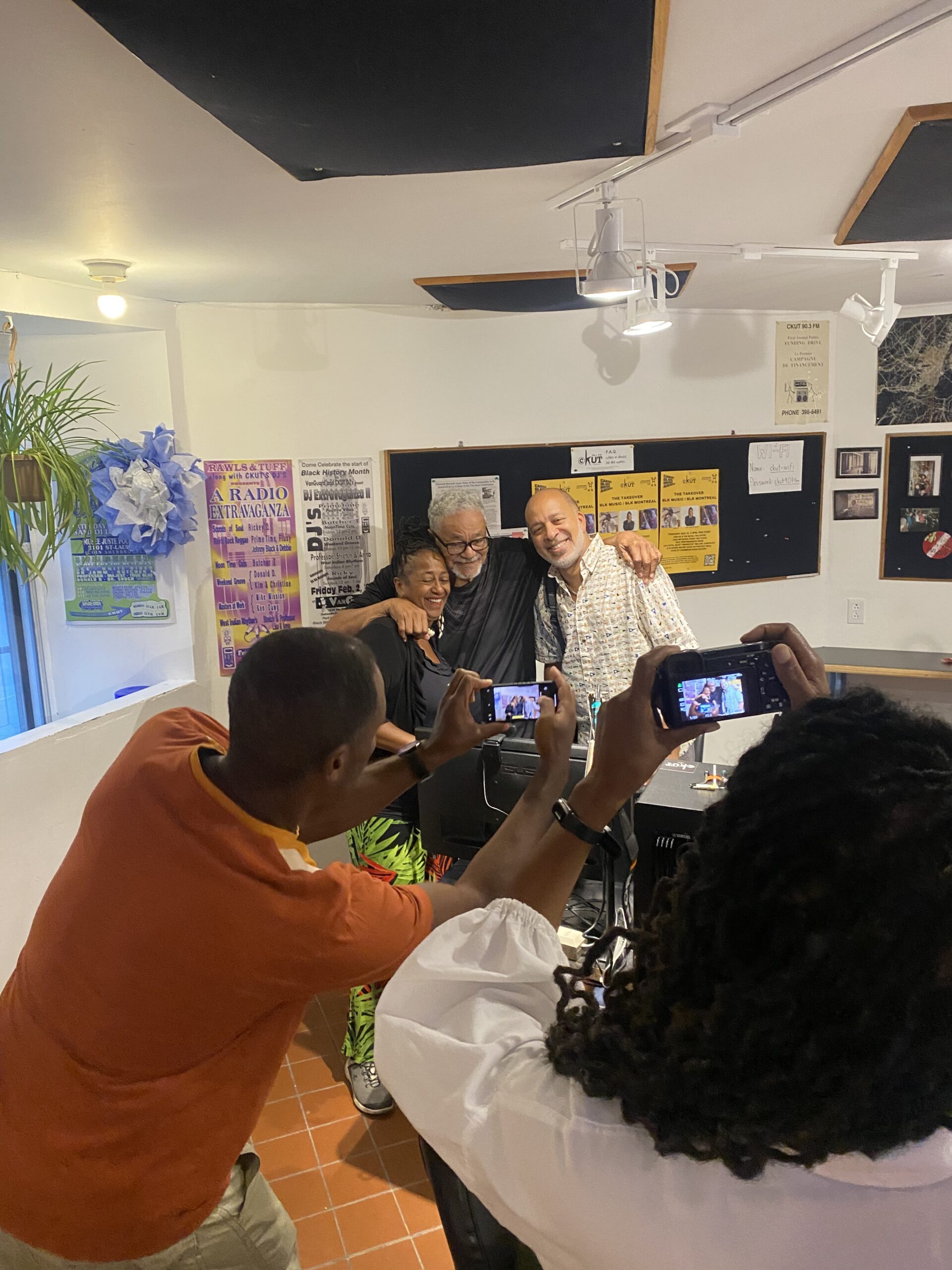American Old-Time: An interview with Nora Brown and Stephanie Coleman
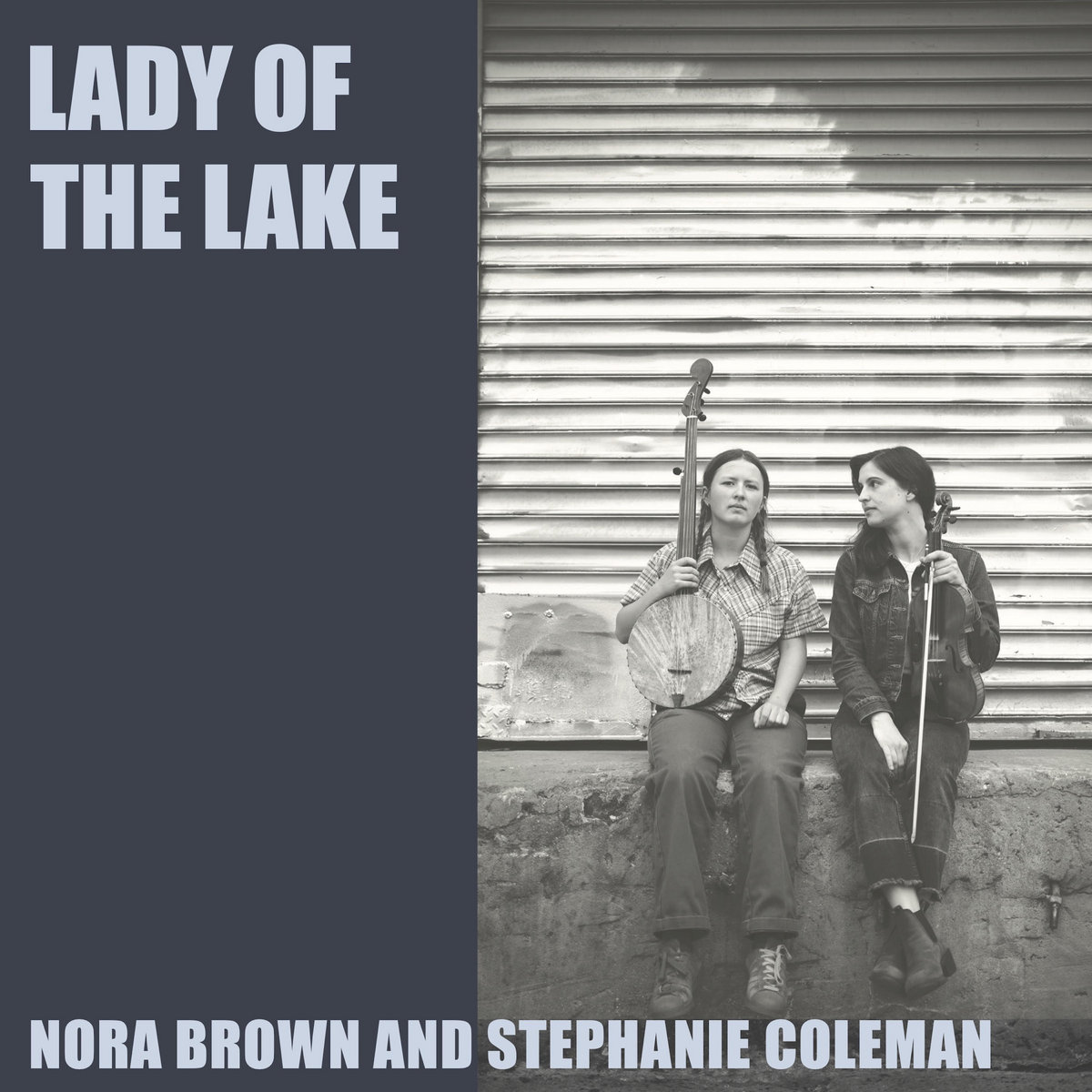
“Most of how I’ve learnt to play the fiddle is through jam sessions, sitting down with other people and just playing tunes together.”
During my first foray into interviewing musicians, I was lucky enough to interview some of my all-time favourite artists: the duo of Nora Brown and Stephanie Coleman. Nora Brown performed at Casa Del Popolo last summer, but this was the duo’s first time performing together in Montreal, opening for Jake Xerxes Fussell at Bar Le Ritz.
Having met through the complex network of Old-Time Brooklyn musicians, Coleman’s melodic fiddle and Brown’s masterful banjo and vocals blend to create a beautifully haunting and jovial EP that aptly pays homage to the genre. The duo does, however, take the time to apply personal twists on these old songs, thereby making them their own. I had the chance to hop onto a call with both of them to discuss their EP and learn about their own artistic process.
So Nora, I know you’ve talked a lot about Virgil Anderson as being an inspiration to you and somebody who you listened to a lot during your formative years. Your second track off of the EP “Gone So Long” is a rendition of [Anderson’s] “You’ve Been Gone So Long.” Since Anderson’s version was only banjo and vocals, I want to know a little bit about how you guys go about integrating the fiddle into a banjo song while also maintaining a similar tone and sentiment as the original.
Nora Brown: Yeah, I like that question. It’s something… I guess something we think about is that there are some sort of structures around different types of songs within American traditional music, and some of those structures imply what instruments should be featured in a given song. Like, for example, on a banjo tune, it’s usually just a solo banjo piece, like a lot of Virgil’s music. It’s kind of unusual to have a fiddle on those tracks. Not because of anything about the melody or how the songs sound, but I think just culturally, there are these kinds of ideas about what types of songs should have certain instruments. Certain songs have certain instruments, etc. and certain songs prioritize certain instruments. But, for example, the opposite of a banjo tune is a fiddle tune. It’s more common that the fiddle is not by itself. It’s [normally] accompanied by a guitar or a banjo, or both. So I wouldn’t say we’re breaking the glass ceiling with this, but it is definitely, you know, something that there’s not like a set formula for, you know. Like for fiddle tunes now, the banjo has a role that I’m already accustomed to occupying, and for stuff when I’m playing a banjo tune, it’s kind of like, do you lead the melody like you do on fiddle tunes? How do you support the banjo? And I think that’s something that we still really struggle with. It’s like how much do we start playing the same thing, you know. I just think that, like, when we’re playing fiddle tunes, I’m not going to play the same thing as you, Steph, and I almost never even end up doing that. There are these sorts of set roles, like it’s OK, the banjo is supposed to do this. This is long-winded, but I don’t know. What do you think about that, ’cause I feel like it’s something we think about a lot, how much should we be playing together.
Stephanie Coleman: Yeah, well, a couple of weeks ago, we were in Indiana playing at this festival called the Indiana Fiddlers Gathering, and we did a workshop about learning a tune on fiddle and banjo at the same time. Like, there were a bunch of fiddlers and a bunch of banjo players at this workshop, and we were teaching them the tune and kind of switching off, like “here’s how you play the banjo part.” All that is to say that it’s kind of a relevant question to begin thinking about lately, and with that tune “You’ve Been Gone So Long,” Nora learned it first, she brought it to me, like I was learning it from how she played it. We went back and listened to the Virgil version, and we kind of adjusted how we played it. We were sort of like working through together, but banjo was the lead instrument in a way. Just in terms of like, it wasn’t the banjo finding a way to fit in with the fiddles, it was the fiddle finding a way to fit in with the banjo. And it’s something I love to do with Nora because there’s so much amazing rhythm in a solo banjo tuner and a banjo tune. It’s so cool to hear Nora play a tune and then try and figure out how I want to translate that onto the fiddle, because the rhythmic information that is conveyed from the banjo is really different from just hearing how somebody bows it on the fiddle. Like, OK, I know how to do that on the fiddle, ’cause it’s the same instrument. So yeah, I don’t exactly remember what our process was in the moment of learning “You Been Gone So Long,” but I just think it’s really cool to start with the banjo and work from there and give this instrument this sort of primary focus that you don’t often do in Old-Time music. And there are other things that we’ve done that we’ve taken that approach with. And as we keep playing music together, I become more and more interested in thinking about how I can play the fiddle with the banjo in a way that isn’t just doing exactly what Nora is playing.
That’s so cool to me because it speaks a lot to your guys’ dynamic. I guess when you’re workshopping a song it’s very… I think of like jams, where somebody just starts playing a song and everybody kind of jumps in with their own instruments, but you kind of have to, not quite be careful, but in a way there is somebody leading and you’re there to add to it, but also be a part of it and I think that’s so interesting. I think that’s also really interesting to see what you guys come up with, almost because there isn’t anything to work off of, you guys are just going with whatever you have.
NB: Yeah, I do think that it’s interesting that you bring up a jam setting. That’s like the perfect example of a setting in which roles are very fixed around Old-Time music. Where everybody just knows what they’re supposed to be doing and they just do it, right? I think that having fiddle on a banjo tune – I feel like I’m making this too deep, but this is honestly what I think about – it’s that like, it’s sort of uncharted territory in a way. It makes you have to be more intentional about what you’re doing exactly because there’s no sort of comfortable place you can just slide into, and I don’t think it’s better or worse than, you know, playing in more traditional roles, but I do think it opens up sort of a different pathway, maybe in terms of approach.
In the third track of the EP, “Twin Sisters”, the tempo was slowed down compared to other versions, notably the version of Sidna and Fulton Myers. I found that slowing down a tune really changes the atmosphere, the tone, and the whole mood. This was most significantly felt, in my opinion, on the last track of the EP, “Copper Kettle”, a pretty famous Old-Time song. This version of the song is my favourite out of the many renditions because of the small changes in the song, like singing “grandmama” instead of “grandpapi” or “granddaddy”. What was the rationale behind this small change, which, in my opinion, is actually pretty significant?
NB: Ok, that’s nice, I’m cracking up about it because I just remember my dad being like, “what if you said grandmama, get some girl power in there,” and then I was just like, alright, and then I just started doing that. And I mean, I don’t know, now I’m kind of cringed out by it honestly, but it’s fine. An awesome, badass woman making moonshine, an old lady, that sounds awesome, and I support that.
I don’t think it’s cringe at all! I think it’s a fun change, especially since there isn’t that much female representation in traditional Old-Time.
Now this one, you also slowed it down, which was crazy to me because it really made the song a million times better. It really changes the entire tone of the song, and it really impacted how I interpreted the story that the song is telling. I need to know why you guys decided to slow it down.
SC: Well, I think that we have a penchant for slowing things down, generally.
NB: I think we do, and it’s gotten us in trouble recently.
SC: It got us in trouble?!
NB: Well, I just was really slowing things down at our last show.
SC: Oh! Come now! Well, we started off this conversation by talking about Bluegrass, and there’s definitely a real tradition, in Old-Time and certainly in Bluegrass, of like fast, fast, fast, look how impressive. And, you know, the faster you play, the more impressive it is. Now, of course, this is not a tune, this is a song. We want the words to come across, but as a general ethos about playing this music, I do think that playing something slower allows for more, in our case, self-expression.
NB: I agree with you, I think that the only reason that you should do things fast is to create a more fortified groove. The only problem with playing things slow is that you can sort of not be together, but that’s the only reason to play things fast. You shouldn’t play things fast because it’s cooler to see your fingers go faster, you know. Which is why in “Lady of the Lake”, we loved playing it slow, but we also loved really feeling the groove on that tune, which is why that is a great example of our interest in tempo.
SC: A hundred percent.
“Lady of the Lake”. I think it is really interesting, because you have the best of both worlds, since the first part is a little bit slower, but then it kicks up at the halfway point. I have also seen artists play fast for the sake of showing off technique and showing that they are able to play fast, which, to me, isn’t really what music is about.
SC: Yeah, I mean, some people love to play music that way, and some people love to play music that is that way. When we play something fast, I think the motivation for how we’re going to play a tune has to do with how it feels to play this tune together. It’s really fun to play it slow, and when we kick it into that faster tempo, like Nora was saying, it settles into this different groove that is really, really fun to do. And it’s like, it’s higher energy. Maybe we play a little louder, maybe we feel a little more emboldened to try some weird stuff. I think the looseness of going faster encourages playing the instrument in a little bit of a different way, and it’s fun to be in that mode, too.
That’s really interesting because, as somebody who doesn’t play, I simply would not know that.
Both of you met and began playing together through the network of Old-Time musicians in Brooklyn. And here in Montreal, we also have our own Old-Time, Bluegrass network, and I wonder what you guys think about this. What about this specific genre of music lends itself to the creation of community?
SC: Well, I guess what comes to mind first is that Old-Time music, historically, is not a performance-based music; it’s like a music of the community. A music that is rooted in dance traditions and gatherings of people in the town, getting together to play. But mostly, Old-Time music, historically, is not something that was made for the stage, and so I think that the essence of the music has continued through the generations of people playing it. Like, in my experience playing Old-Time music since I was a kid, certainly when I was much younger, there weren’t that many… like, the way to share this music with other people was to go out to music festivals and jam sessions at people’s houses and get together. Most of what I’ve learnt to play the fiddle is through jam sessions, sitting down with other people, and just playing tunes together. And also, you know, to be an Old-Time fiddler, you don’t need to have twenty years of classical violin lessons under your belt. I think it’s a very welcoming community; it’s easier to pick up than other genres of music, like Jazz or Classical Music. So I think people feel encouraged to play this music, and it’s just such a great community, and it’s rooted in that sharing of music rather than it being about performing it on stages or competitions. Not that there aren’t competitions and, of course, performances.
Between the two of them and their overflowing knowledge, I could have asked them a million more questions. I did, however, decide that it was perhaps time to free them from my incessant questioning. I looked forward to their opening set, excited to see how the dynamics we discussed would be present during their performance.
Interview by Janice Wu
Images from Nora Brown and Stephanie Coleman Bandcamp
